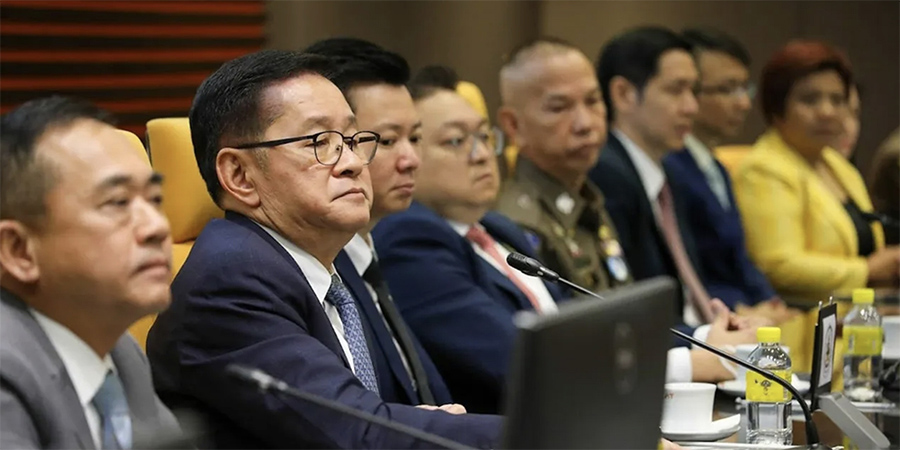Thailand's Ministry of Digital Economy and Society (DES) is said to have finalized a proposal to deploy a cell broadcast emergency warning system later this year, which will be used during disasters, terrorist attacks, and civil unrest.
According to reports, DES Minister, Prasert Jantararuangthong, announced that the ministry will submit its plan to the cabinet for approval next month. A major concern will be the cost of implementation and who pays for it. Jantararuangthong stated that the DES may require approximately 400 million baht (USD 11 million) to establish a central cell broadcast entity. The DES proposes that the costs will be covered by the National Broadcasting and Telecommunications Commission fund.
Meanwhile, mobile operators, Advanced Info Service (AIS) and True-dtac, may have to spend 300 million baht each to build their own cell broadcast centers for the system, which could take more than six months. This delay is problematic because it prolongs the vulnerability of the population to various emergencies, including natural disasters, terrorist threats, and civil unrest. Without a robust and centralized emergency warning system in place, the effectiveness of crisis communication and response efforts is compromised. Moreover, the need for individual operators to establish their own broadcast centers introduces potential inconsistencies and inefficiencies in the dissemination of emergency alerts, hindering the system's overall effectiveness.
The cabinet would also have to decide whether the agency in charge of actually running the system during emergencies should be the DES or the Interior Ministry's Disaster Mitigation Centre. Selecting the DES could ensure alignment with technological expertise and infrastructure related to telecommunications and information dissemination. On the other hand, entrusting the Disaster Mitigation Centre may prioritize coordination with existing disaster response mechanisms and local authorities. The decision must balance technical proficiency with operational experience, ensuring seamless integration of the warning system into broader emergency management protocols.
Leveraging Cell Broadcast Technology
By leveraging cell broadcast technology, the alerts can reach a wide audience across cellular networks, ensuring timely dissemination of critical information to as many individuals as possible, including those without internet access or smartphones. The targeted messaging feature allows authorities to tailor alerts to specific geographic areas or demographic groups, enhancing the effectiveness of the warnings and reducing unnecessary panic or confusion among the population.
This proactive approach to emergency preparedness not only strengthens Thailand's resilience to disasters but also aligns with international best practices in crisis communication. By adopting a cell broadcast emergency warning system, Thailand aims to improve public safety, minimize casualties, and mitigate the impact of emergencies on communities nationwide.





